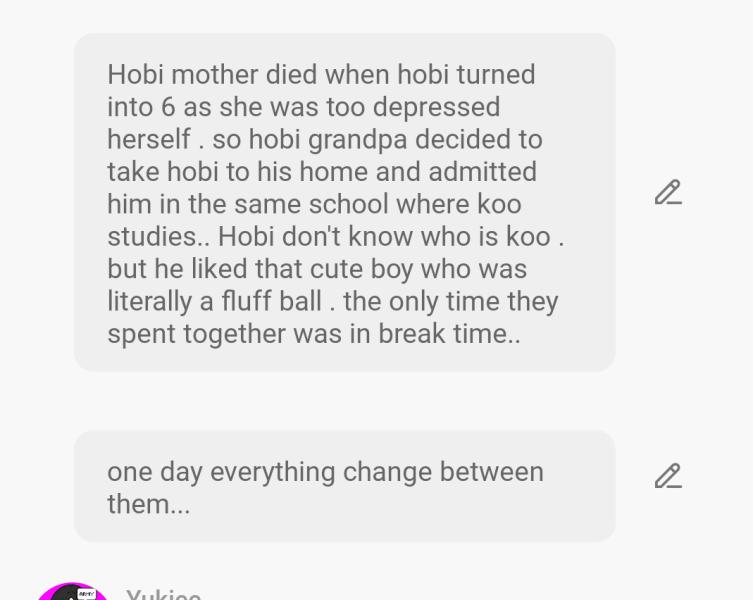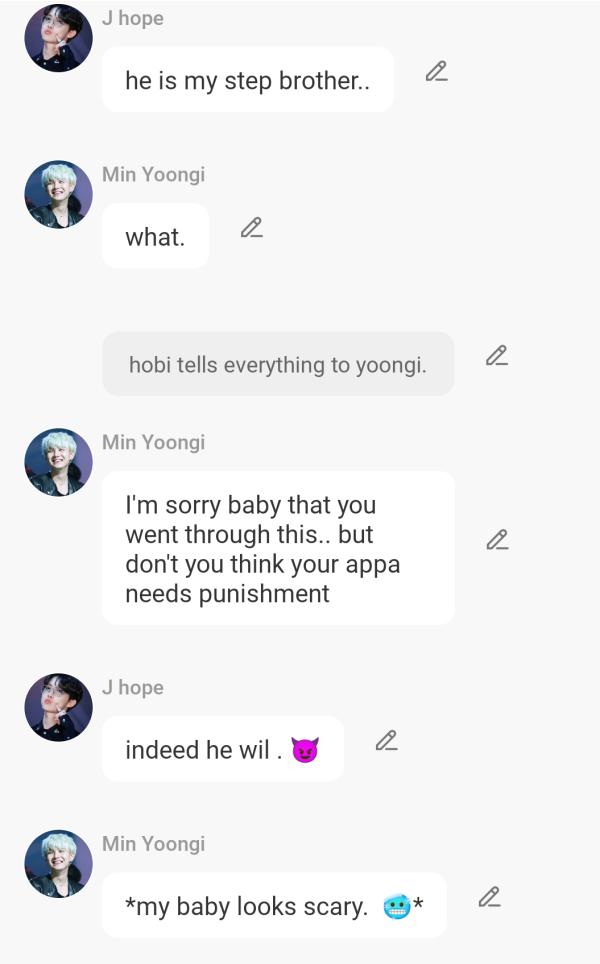Yukiee
Obsessive–compulsive disorder (OCD) is a mental and behavioral disorder in which a person has intrusive thoughts and/or feels the need to perform certain routines repeatedly to the extent where it induces distress or impairs general function.[7][8][9] As indicated by the disorder's name, the primary symptoms of OCD are obsessions and compulsions. Obsessions are persistent unwanted thoughts, mental images, or urges that generate feelings of anxiety, disgust, or unease.[10] Common obsessions include fear of contamination, obsession with symmetry, and intrusive thoughts about religion, sex, and harm.[8][11] Compulsions are repeated actions or routines that occur in response to obsessions. Common compulsions include excessive hand washing, cleaning, arranging things, counting, seeking reassurance, and checking things.[8][11][12] Many adults with OCD are aware that their compulsions do not make sense, but they perform them anyway to relieve the distress caused by obsessions.[8][10][11][13] Compulsions occur so often, typically taking up at least one hour per day, that they impair one's quality of life.[8][11]
Obsessive–compulsive disorder
OCD handwash.jpg
Frequent and excessive hand washing occurs in some people with OCD.
Specialty
Psychiatry
Symptoms
Feel the need to check things repeatedly, perform certain routines repeatedly, have certain thoughts repeatedly[1]
Complications
Tics, anxiety disorder, suicide[2][3]
Usual onset
Before 35 years[1][2]
Causes
Unknown[1]
Risk factors
Child abuse, stress[2]
Diagnostic method
Based on the symptoms[2]
Differential diagnosis
Anxiety disorder, major depressive disorder, eating disorders, obsessive–compulsive personality disorder[2]
Treatment
Counseling, selective serotonin reuptake inhibitors, clomipramine[4][5]
Frequency
2.3%[6]
The cause of OCD is unknown.[1] There appear to be some genetic components, and it is more likely for both identical twins to be affected than both fraternal twins. Risk factors include a history of child abuse or other stress-inducing events; some cases have occurred after streptococcal infections.[8] Diagnosis is based on presented symptoms and requires ruling out other drug-related or medical causes; rating scales such as the Yale–Brown Obsessive Compulsive Scale (Y-BOCS) assess severity.[2][14] Other disorders with similar symptoms include generalized anxiety disorder, major depressive disorder, eating disorders, tic disorders, and obsessive

















Comments